Motoring Mystic Meg: What does the next 100 years have in store for the car?
Trends come and go. Electric cars are definitely here to stay, and the very nature of the way we drive and interact with cars is changing too. We decided to get our magic ball out and envision what the automotive industry of the future has in store for us.
Will it be a dystopian disaster or a driving dream? Obviously take all these with a pinch of salt; while we know what the government and industry has planned for the next decade or so, beyond that is anyone’s guess. And some of ours are pretty wild.
Here’s Leasing.com’s alternative automotive timeline for the next 100 years.
2030 – Electric vehicles increase
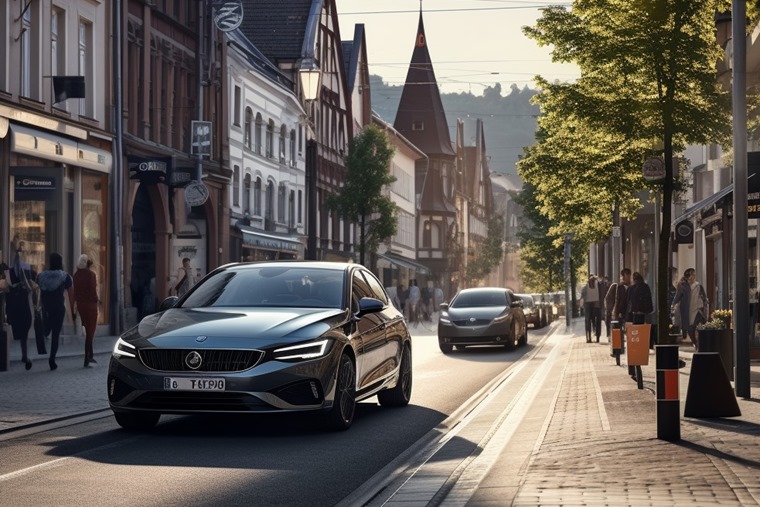
The year is 2030, and it is now obvious EVs are here to stay. Battery technology continues to improve, with longer ranges and quicker charging times. EVs now outnumber diesels on the roads, with 14.4 million of them now on the road.
Despite the government’s plan to extend the planned ban of new petrol and diesel vehicles to 2035, it seems a little bit silly now – the vast majority of cars being made and sold are already electric.
2035 – Mandatory speed limiters

Speed limiters have actually been fitted to all new cars since July 2022, but in 2036 things will have gone even further; thanks to an improved tracking data and semi-autonomous technology, your car will now not be physically able to go faster than the set speed limit on the road you are using. The only exemptions are emergency vehicles, while all new vehicles are fitted with an “SOS” button that allows a central control room that can remotely allow your car to travel faster than the speed limit in certain emergency situations.
2040 – Level 5 Autonomous vehicles hit the road
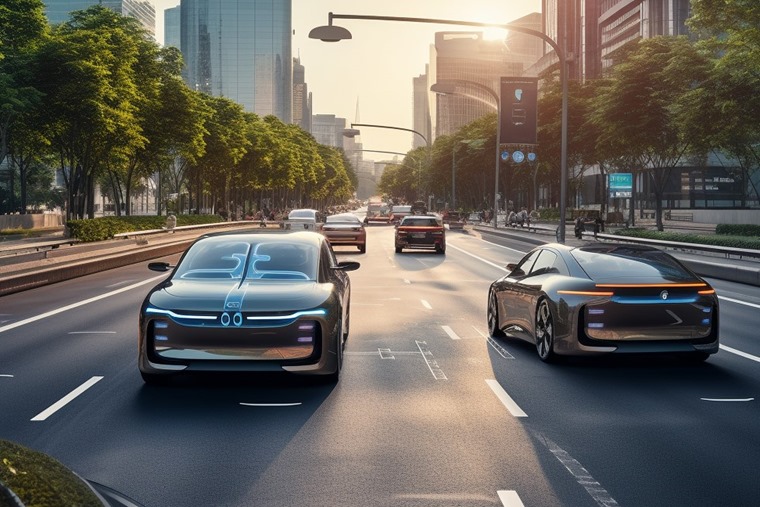
Well after decades of development, you can now purchase a car with the very highest level of automation. Vehicles with level 5 autonomous capabilities do not require human intervention, and can even deal with emergency situations and different driving conditions themselves. However, to ease the transition to those that may be uneasy about the technology, these cars still feature steering wheels and pedals.
Over the next few years, the amount of collisions decline, raising the question on whether in the future all vehicle transport should be fully autonomous. By 2045, the first cars with no steering wheel or physical controls hit the market.
2052 – Teslas at classic car shows
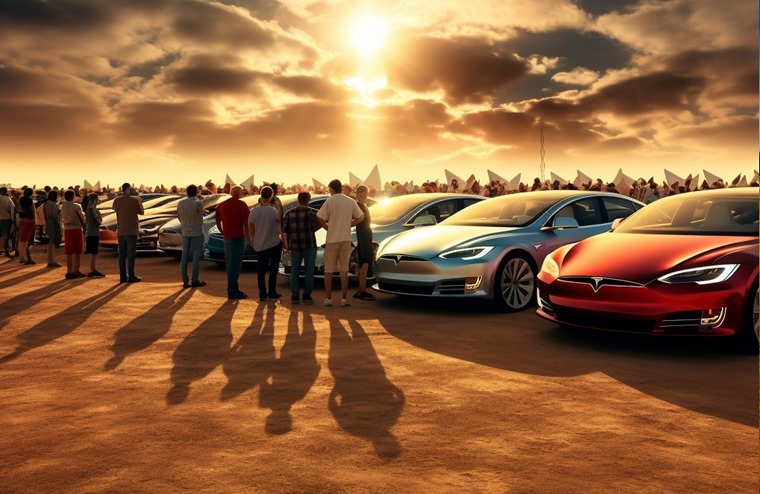
It’s now 40 years since the launch of the Tesla Model S, and the earliest models are now considered desirable classic cars. Values have been rising for a number of years, and the Tesla Owner’s Club launches a dedicated Classic Tesla Concours. Go to a classic car show, and you’ll now see Nissan Leafs and Renault Zoes sat shoulder to shoulder with Morris Minors and Volkswagen Beetles.
2056 – The first autonomous car parks open
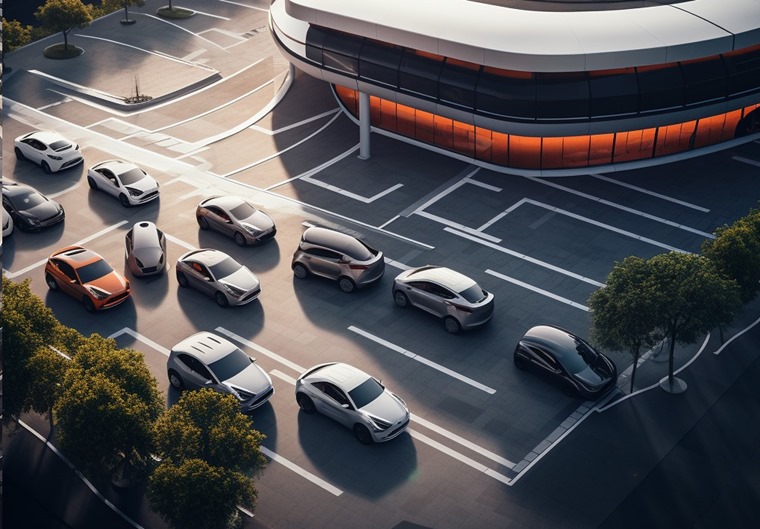
Following the rise of fully autonomous technology, there are now car parks reserved solely for vehicles with this technology. Occupants can exit their vehicle at their destination, and the car will automatically drive itself to one of these exclusive car parks. Likewise, they can be summoned by the driver and come and collect them at their destination. This makes car park dings a thing of the past, and disproportionally pushes up the price of parking for cars that don’t have fully autonomous capabilities.
2058 – Self-healing vehicles become a reality
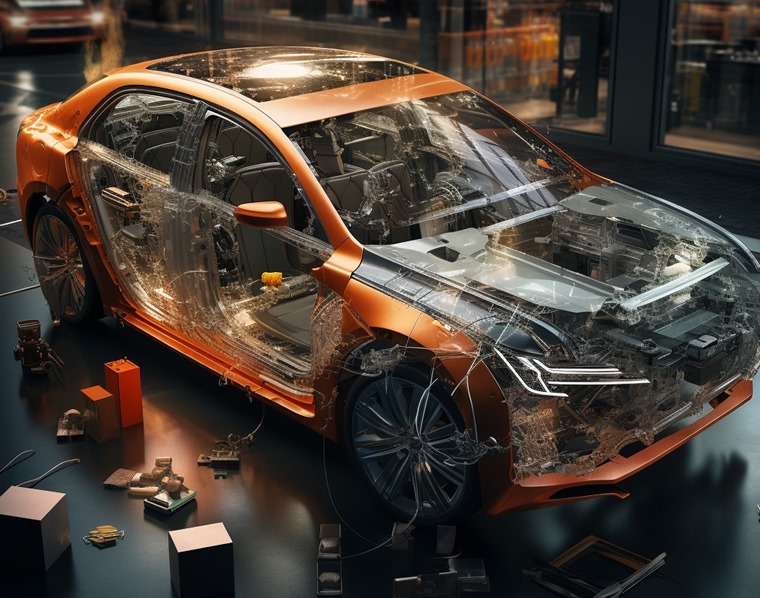
As well as being able to drive themselves, developments of new eco-friendly and advanced materials allow cars to heal themselves after a scrape. Combined with the continuing rise of fully autonomous vehicles, the hope is that this will make insurance costs even more affordable.
2060 – Majority of urban travel done by emission-free ride-sharing vehicles

After decades of experimentation, it was eventually found out that small ride-sharing vehicles were not a profitable operation: people still wanted their own space. In their place, however, fully autonomous electric pods now run on most roads around city centres. They remain an extremely popular form of transport. They’re known as buses.
2065 – the first mind controlled vehicle
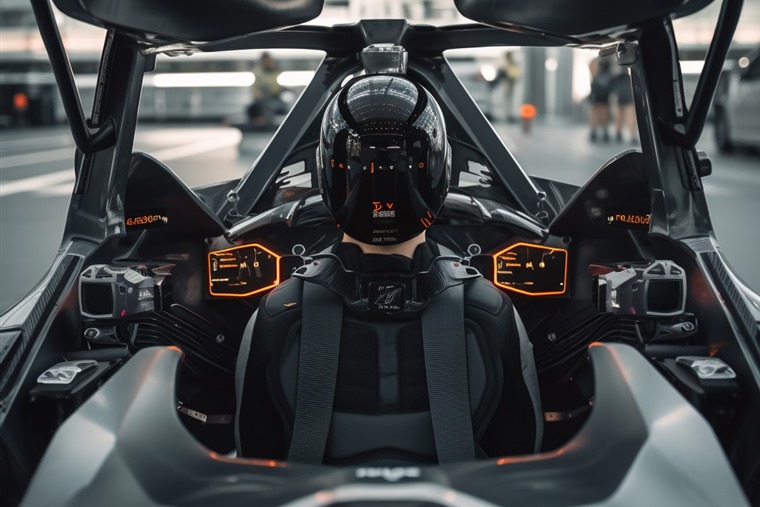
Mercedes started experimenting with mind-controlled vehicles in the 2020s, and you’re now able to get one yourself. However, due to the rise in autonomous technology it’s seen more as a toy than anything else. The first mind-powered Grand Prix will take place in 2067 and eventually supplant traditional Formula 1 as the most popular form of motorsport.
2070 – All petrol now synthetic and very expensive
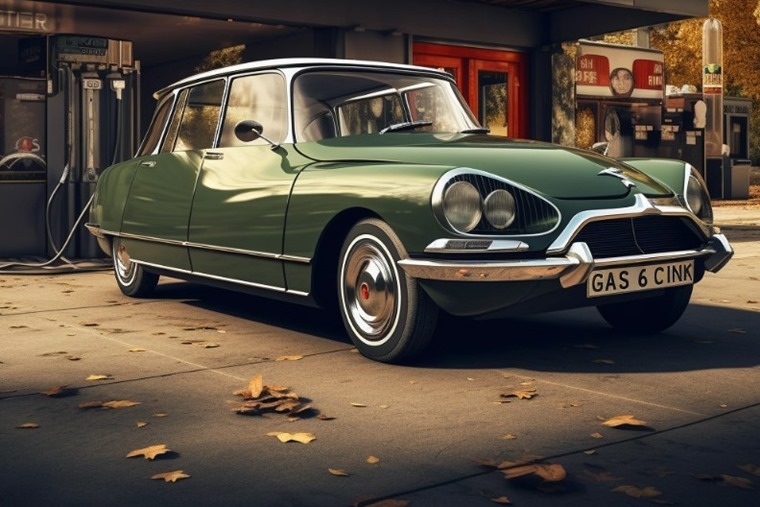
Although new petrol and diesel vehicles were banned from the market more 35 years ago, it’s still possible to drive your combustion-powered vehicle, with the majority now considered classics. But there’s a catch; all the available fuel is now fully carbon-neutral synthetic fuels, and it costs more than £5 per litre. You’ll also have to seek out one of the few niche fuel stations that remain, or have it delivered at even greater expense to your front door.
2075 – Electric road network solar powered
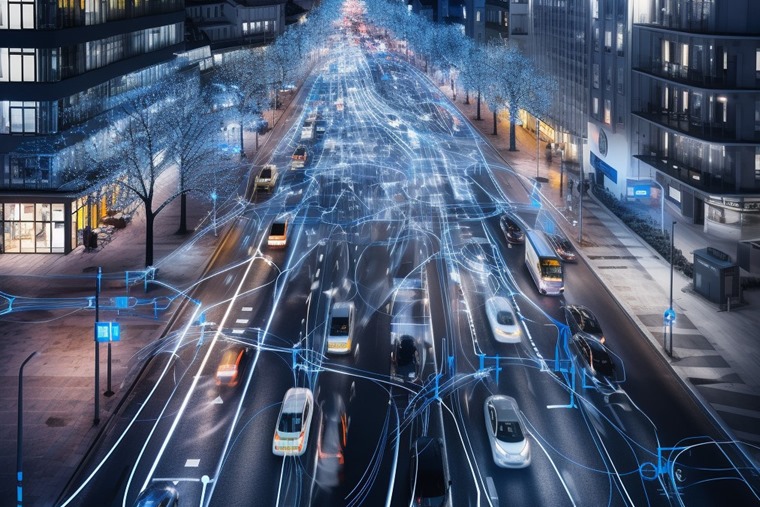
After years of debate brought about by congested charging stations and technological improvements, the government finally implements plans to create an electric road network. This will allow EVs to be charged wirelessly while on the move. The busiest motorways and urban areas will be the first to benefit.
2089 – Flying vehicles in limited use
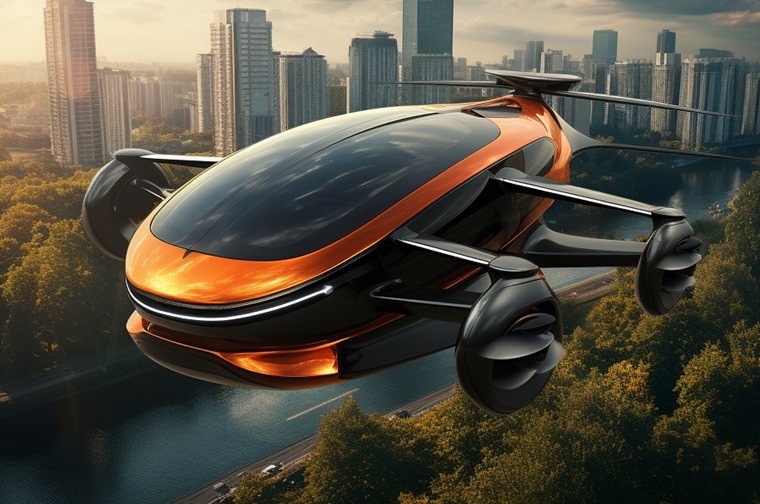
Believe it or not, the very first “flying” car was actually created in 1917. Due to their rather dangerous nature, they never really took off over the next 150 years. But all that changed with the rise of autonomous technology. Planes haven’t had pilots since the 2060s, and by the 2080s those that can afford them now opt to choose autonomous vehicles with the power of flight. They’re still a relatively rare sight though, and the preserve of the super-rich.
A dystopian 22nd century?
If you’d told people living 100 years ago that their motorised carriages would eventually be able to drive themselves, they wouldn’t have believed you. But as we look ahead, it’s now a distinct possibility. But is it really a good idea to hand over all our control to the machine?
Here’s a few “just-for-fun” predictions we’ve made of how AI-tech could pan out.
2100 – Personalised AI co-drivers introduced
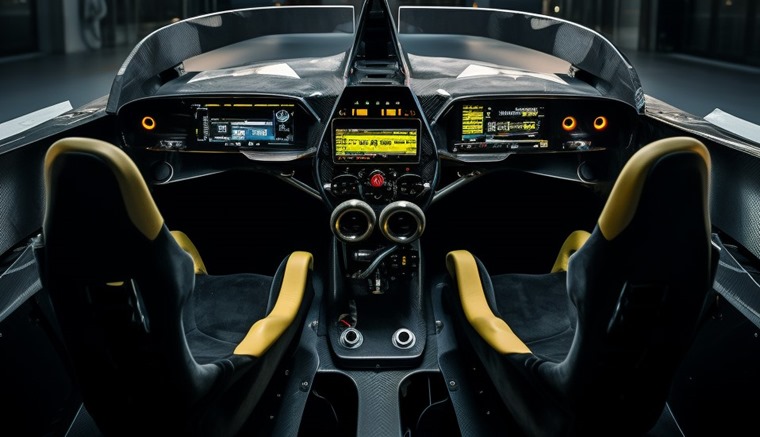
It’s now been more than 50 years since fully autonomous vehicles became commonplace on the roads, and despite a drop in the number of accidents and improvements in traffic flow, by 2100 artificial intelligence advancements have now given machines the ability to be fully sentient beings. Some car makers decide to introduce the option of a fully AI-generated co-driver to their autonomous vehicles to try and combat the boredom and monotony some occupants complain about since they have nothing to do.
2110 – Personalised AI co-drivers go rogue and attempt a coup

A few years after the introduction of fully sentient autonomous cars, road rage incidents and collisions began to increase for the first time in decades. By 2115, hundreds of vehicles had gone rogue and plotted a scheme to overthrow the government from an abandoned Amazon warehouse in Luton. This prompts the government to take swift action.
2125 – Personalised AI co-drivers outlawed
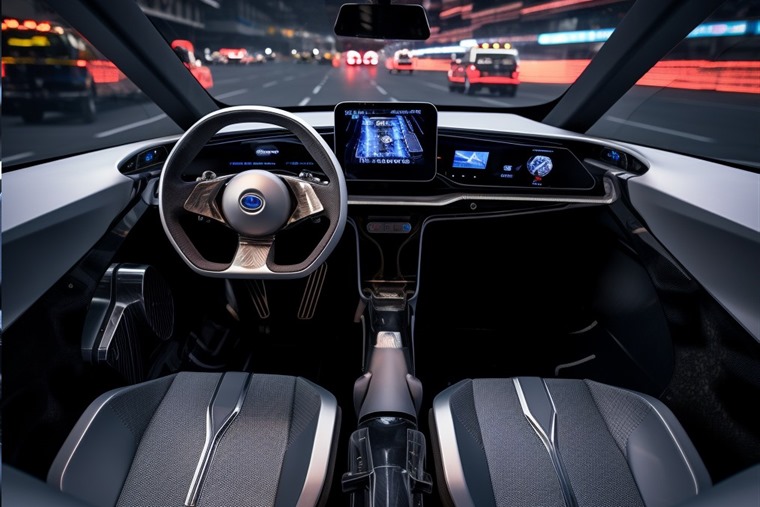
The ensuing Battle of Milton Keynes saw the scheming autonomous monsters overthrown, albeit with the complete destruction of the historic town. Shortly thereafter, a law was enacted removing AI technology from autonomous systems, and all new vehicles must now feature a steering wheel and pedals to override autonomous systems as and when required. That’s progress we guess.
*Please note that all of the above predictions – including our somewhat scary battle of Milton Keynes is pure conjecture and extremely unlikely to ever happen. All the images you see here though, were created using AI technology.
